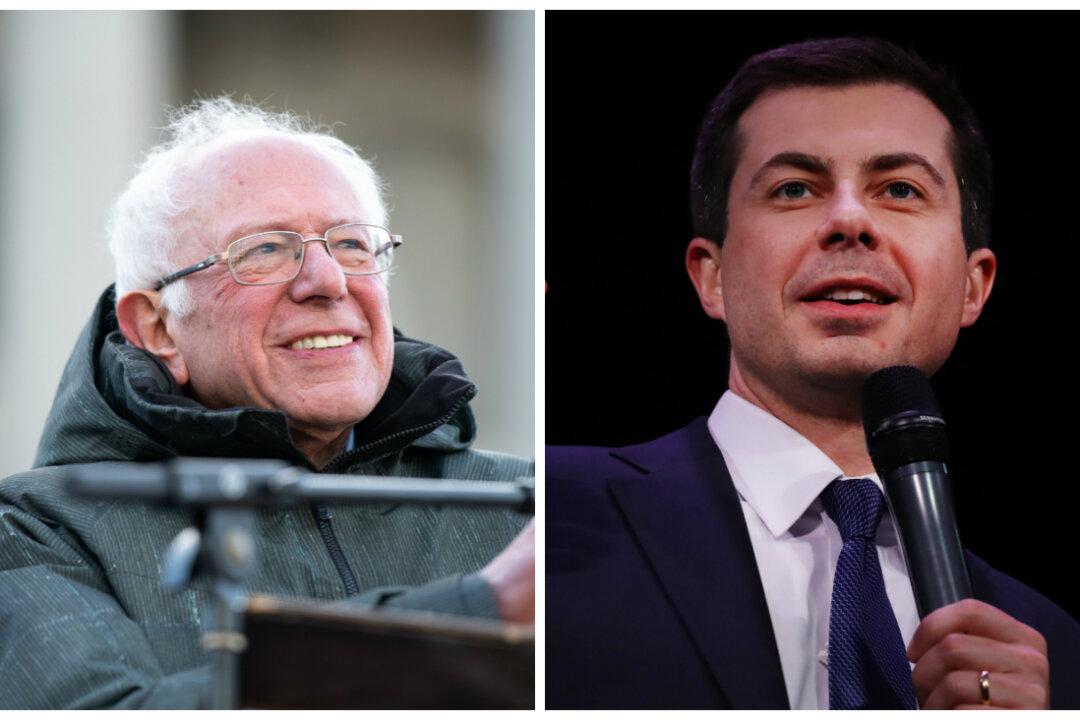Former South Bend Mayor Pete Buttigieg and Sen. Bernie Sanders (I-Vt.) were neck and neck in the Democratic Iowa caucuses with just 3 percent of the results left to be released.
Buttigieg, 38, was in first with 26.2 percent of the total state delegate equivalents, followed by Sanders, 78, who had 26.1 percent of the equivalents.





